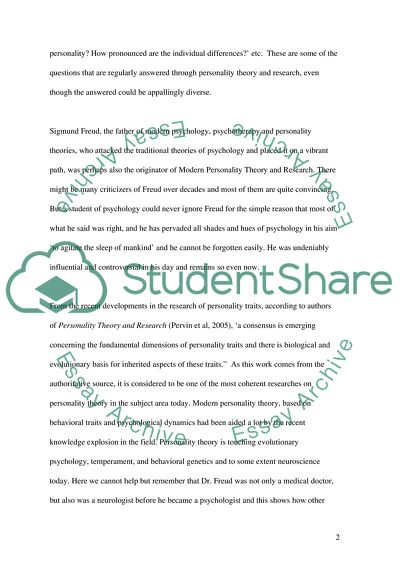Cite this document
(Personality Theories Assignment Example | Topics and Well Written Essays - 2500 words, n.d.)
Personality Theories Assignment Example | Topics and Well Written Essays - 2500 words. https://studentshare.org/psychology/1705418-psychology-personality-theories
Personality Theories Assignment Example | Topics and Well Written Essays - 2500 words. https://studentshare.org/psychology/1705418-psychology-personality-theories
(Personality Theories Assignment Example | Topics and Well Written Essays - 2500 Words)
Personality Theories Assignment Example | Topics and Well Written Essays - 2500 Words. https://studentshare.org/psychology/1705418-psychology-personality-theories.
Personality Theories Assignment Example | Topics and Well Written Essays - 2500 Words. https://studentshare.org/psychology/1705418-psychology-personality-theories.
“Personality Theories Assignment Example | Topics and Well Written Essays - 2500 Words”. https://studentshare.org/psychology/1705418-psychology-personality-theories.


